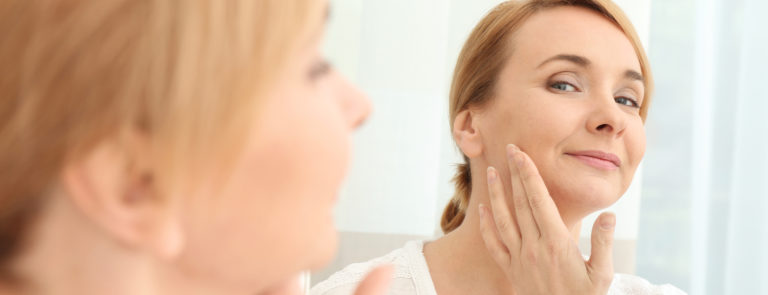20% off €35
How to get rid of heat rash
.png)
Ever woken up with skin that feels like it’s on fire? Chances are you’re experiencing heat rash. This standard yet infuriating condition is nothing much to worry about and usually goes away on its own.1
Nevertheless, there are some easy steps you can take to keep down the itching and help rid your skin of heat rash faster.
First things first, what causes heat rash?
Before you learn how to treat it, it’s a good idea to know a bit about why heat rash happens. Typically, heat rash occurs when your body overheats – whether that’s due to exercise, overdressing or being in extreme temperatures – and starts to sweat excessively.2
This extra sweat can block your sweat glands which, in turn, may cause a rash to appear on the surface of your skin. The most common symptoms are little bumps on the surface of the skin, which can quickly become itchy.
Another common name for heat rash is prickly heat – and that’s what it’ll feel like!
How to get rid of heat rash
While heat rash typically goes away on its own, you might be able to speed it along with the following tips3:
-
Cool your skin down
This is a treatment for heat rash, and you can do it in many different ways. The easiest option is to apply an ice pack wrapped in a towel to the affected area.
You could also try having a cold shower or bath or applying a damp cloth. It’s a good idea to not wear tight or thick clothing until your heat rash has disappeared, too.
-
Use a soothing lotion or cream
Applying a gentle moisturiser to the area may help soothe it. Make sure that you avoid anything which contains chemicals or perfumes as these could irritate your skin further. In more extreme cases, you might benefit from an over-the-counter calamine lotion from your nearest pharmacy.4
-
Don’t itch!
As tempting as it is, you mustn’t itch your heat rash! If you need some relief from the constant urge to scratch, try tapping or patting the area gently with your palm or fingers.
How to prevent heat rash
The most straightforward treatment for something like heat rash is prevention. To avoid getting pesky prickly heat again, make sure you5:
- Wear light, breathable clothing when you’re in situations where you might sweat more
- Don’t wrap up too much in the winter. You should be comfortably warm, not stifling
- Stay in a cold or air-conditioned room as much as possible if you’re somewhere hot
- Make sure your bedroom is cool, and air can flow when you’re going to sleep
Babies are particularly prone to heat rash as they’re unable to regulate their body temperature in the same way as older children or adults. This makes it particularly important to limit the chances of them getting heat rash with the above advice.6
Searching for more advice on skin health? Read our expert guide to common skin conditions and how to treat them.
Last updated: 15 April 2021
- https://www.nhs.uk/conditions/heat-rash-prickly-heat/
- https://www.nhs.uk/conditions/heat-rash-prickly-heat/
- https://www.nhs.uk/conditions/heat-rash-prickly-heat/
- https://www.mayoclinic.org/diseases-conditions/heat-rash/diagnosis-treatment/drc-20373282
- https://www.mayoclinic.org/diseases-conditions/heat-rash/symptoms-causes/syc-20373276
- https://www.nhs.uk/conditions/heat-rash-prickly-heat/



